
Material Science and Engineering
Building approach for optoelectronics stacks up
A precise method for stacking semiconductor thin films enhances optoelectronic device performance using quantum effects.
Page 2 of 2

Material Science and Engineering
A precise method for stacking semiconductor thin films enhances optoelectronic device performance using quantum effects.
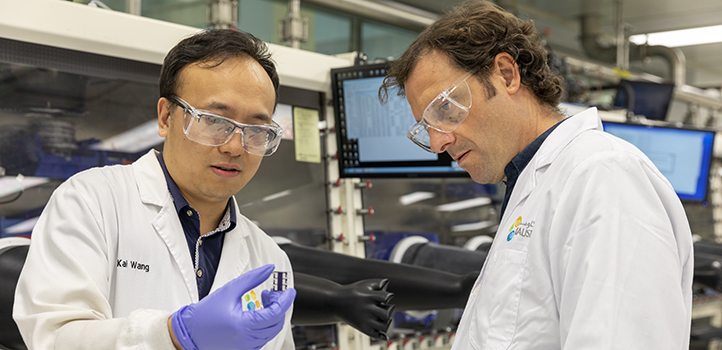
Material Science and Engineering
Changes in composition are shown to affect light-harvesting layer crystallization and perovskite solar cell efficiency.
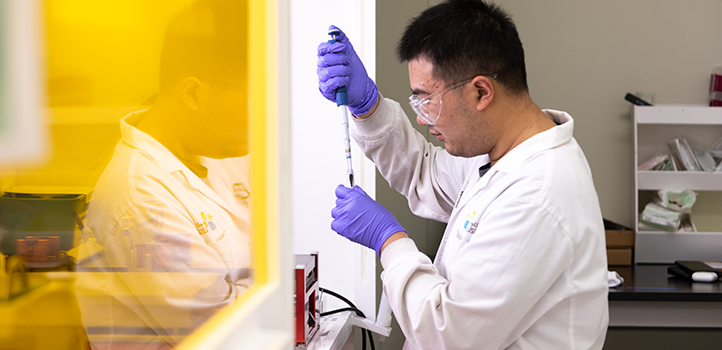
Material Science and Engineering
A three-component light-harvesting layer boosts performance in an organic solar cell.

Material Science and Engineering
Ruthenium oxide is used to integrate energy-storing microsupercapacitors and thin-film electronics at the transistor level.

Material Science and Engineering
Record-breaking, high-efficiency single crystals bring perovskite solar cells closer to market.

Material Science and Engineering
A low-temperature method for making high-performance thermoelectric materials could recapture lost energy.
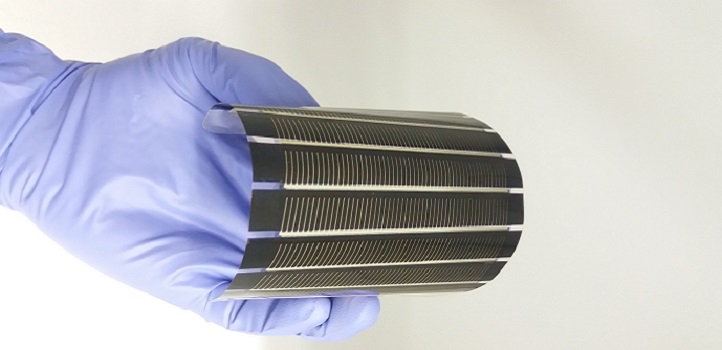
Material Science and Engineering
Simulations unveil efficiency targets and design rules to maximize the conversion of light into electricity using organic solar cells.

Material Science and Engineering
Inkjet printing could produce high-efficiency organic solar cells with commercial potential.

Material Science and Engineering
Arranging nanowires in bent configurations may make them less likely to fail inside electronic devices.

Material Science and Engineering
Nanotech-powered electrodes help solve the challenges of using sweat to assess biological conditions in real time.
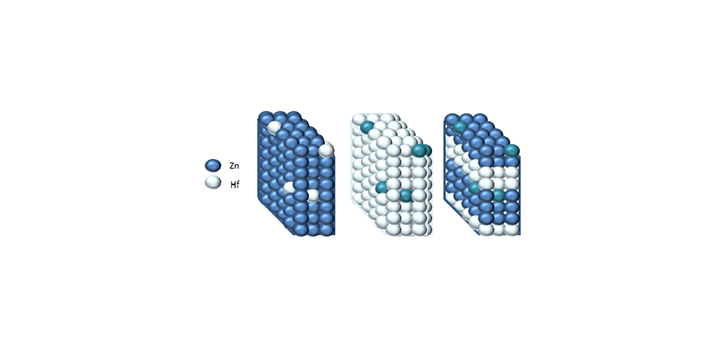
Material Science and Engineering
Small tweaks in component ratios generate electronically different layers from the same material to create transparent transistors.
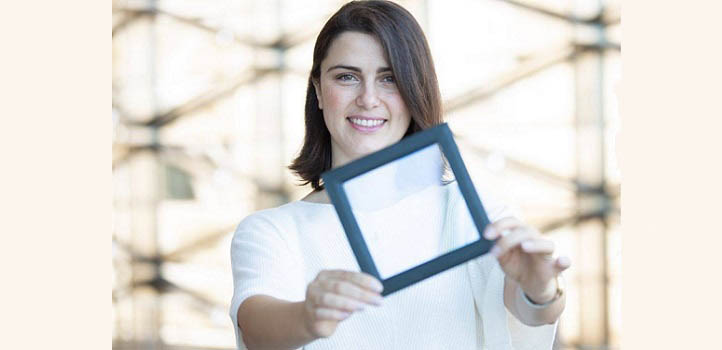
Material Science and Engineering
For researchers seeking entrepreneurial opportunities, KAUST can provide the perfect springboard.
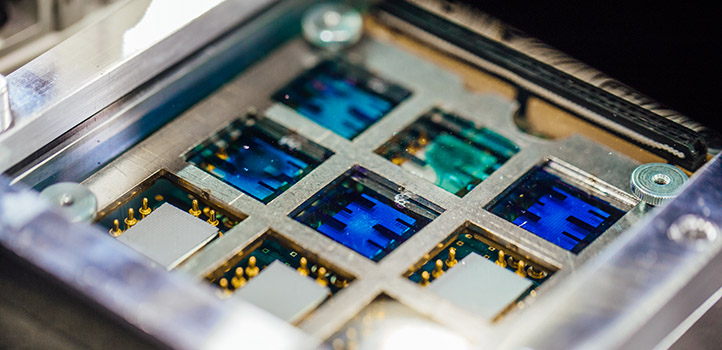
Material Science and Engineering
Printable solar materials could soon turn many parts of a house into solar panels.

Material Science and Engineering
Tantalum nitride as thin layers improves the extraction of electrons from silicon solar cells.
Material Science and Engineering
Nanoparticles with a shell structure improve the performance of zinc-oxide photodetectors.
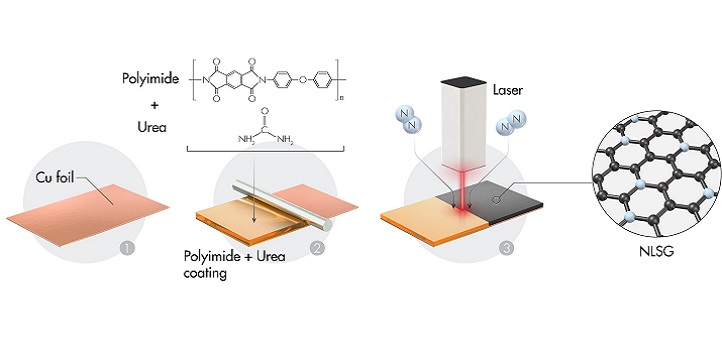
Material Science and Engineering
Laser-scribed disordered graphene significantly improves sodium-ion battery capacity.

Material Science and Engineering
A metal carbide within a hydrogel composite senses, stretches and heals like human skin for use in medicine and robotics.

Material Science and Engineering
The interface between two tin-oxide semiconductors can exhibit unexpected metallic properties.
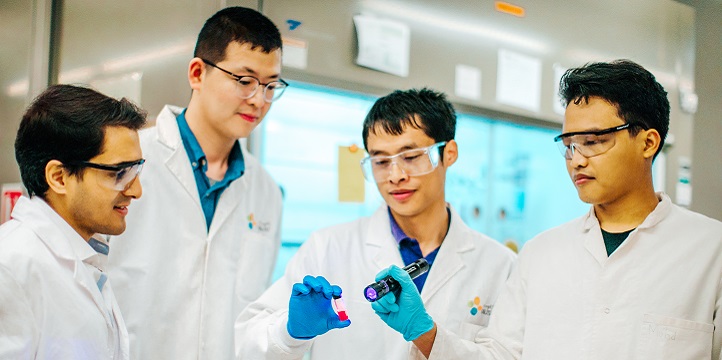
Material Science and Engineering
Perovskite particles could improve the performance of solar cells and light-emitting diodes via a simple process to stabilize the nanocrystal surface.

Material Science and Engineering
Standalone power modules that harvest and convert vibrations from their surroundings into electricity could soon fuel future microsystems.
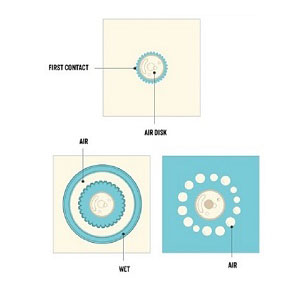
Material Science and Engineering
Spray coating and inkjet-based electronics manufacture are among the industrial applications in which liquid droplets are applied to a surface. But minuscule air bubbles that get trapped beneath the droplet as it lands can affect the coating’s quality and uniformity.
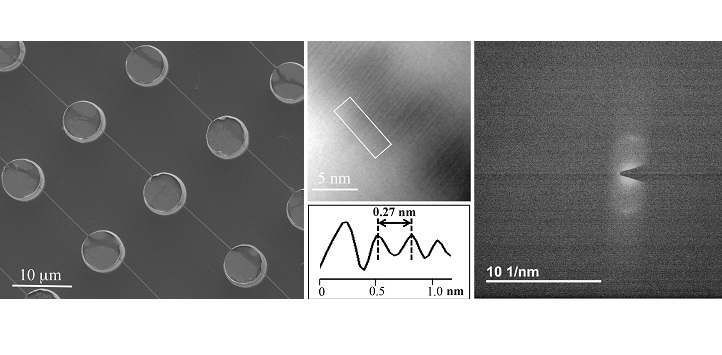
Material Science and Engineering
New method offers a means of efficient and high-throughput technique to study the structure of DNA.
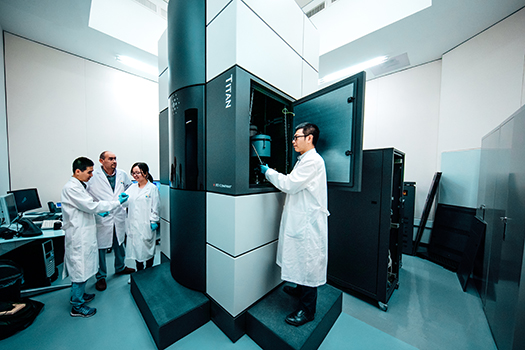
Material Science and Engineering
Materials that normally become damaged inside electron microscopes can now be imaged with atom-scale resolution.
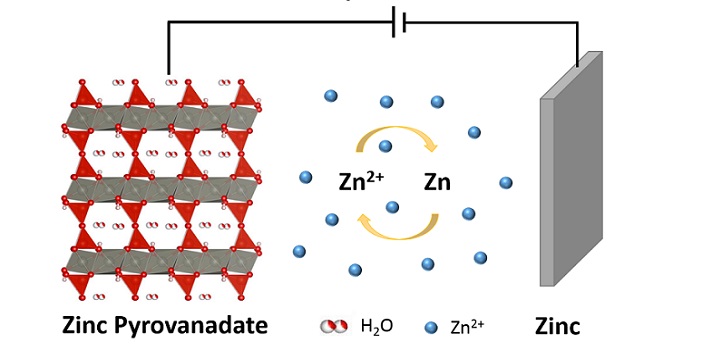
Material Science and Engineering
A technique of microwave synthesis of layered oxides enables high-capacity aqueous zinc-ion batteries.
Material Science and Engineering
Large-area, two-dimensional semiconductors wired through transparent oxide conductors produce high-performance see-through electronics.
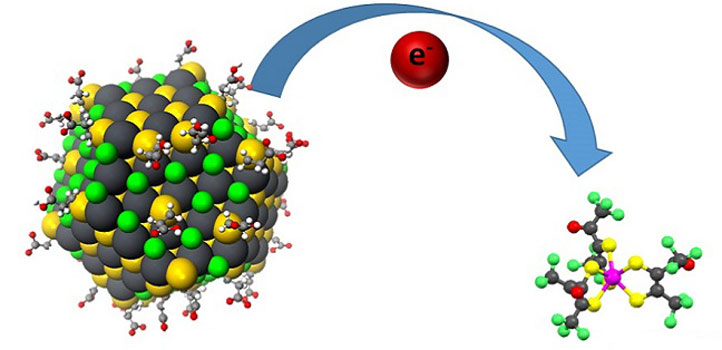
Material Science and Engineering
A mild post-fabrication doping approach can boost the solar conversion of quantum dot-based photovoltaic cells.
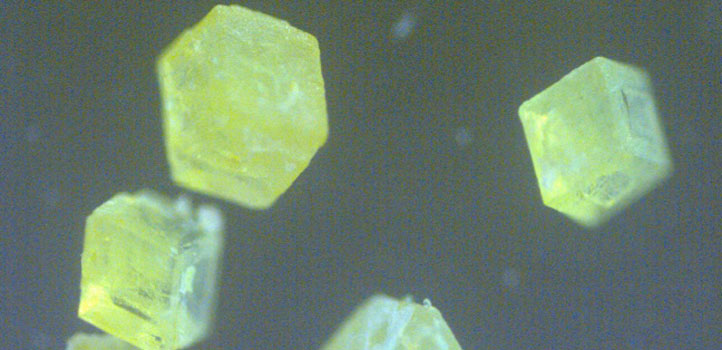
Material Science and Engineering
A perovskite crystal’s powerful light-emitting capabilities could be due to missing atoms in its structure.

Material Science and Engineering
A novel type of electronic component made from a blend of polymer materials could enable more effective circuitry.
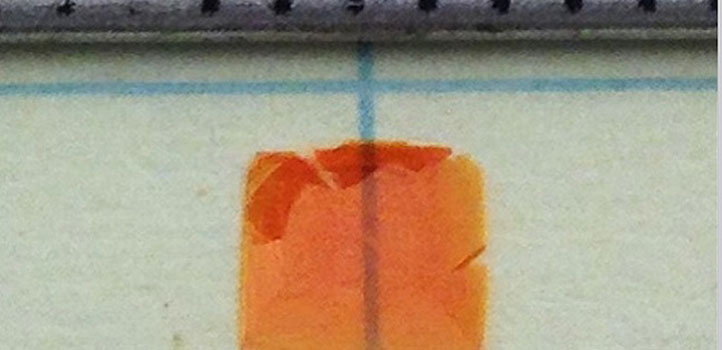
Material Science and Engineering
New evidence of surface-initiated crystallization may improve the efficiency of printable photovoltaic materials.
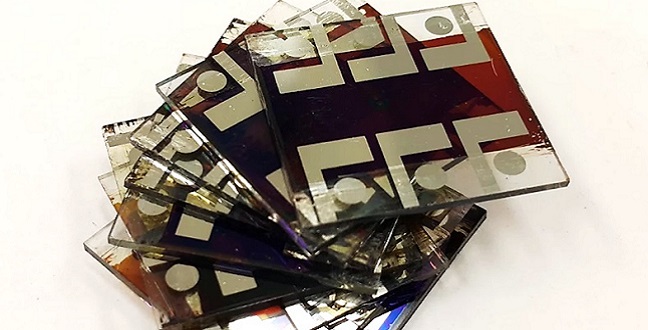
Material Science and Engineering
Simple chemicals called glycol ethers help make better perovskite thin films for solar cells.
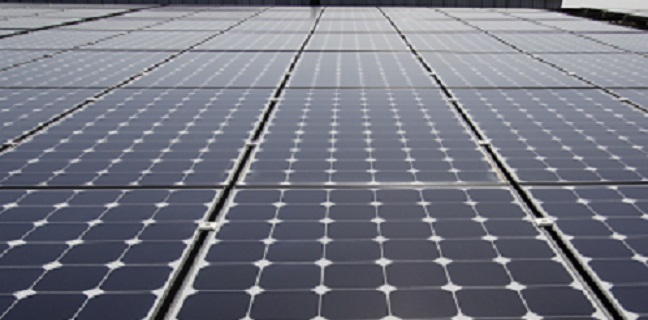
Material Science and Engineering
Flatter materials have fewer imperfections, which makes for better solar cells and light sensors.
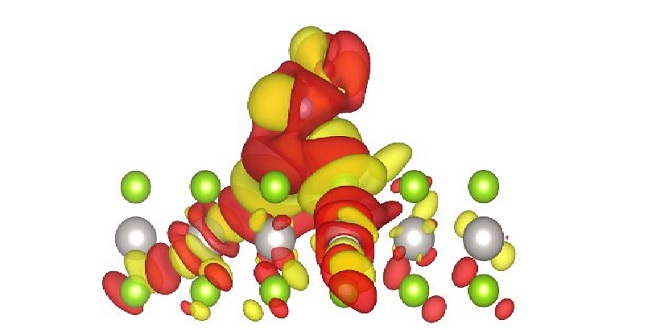
Material Science and Engineering
An ultrathin semiconducting sheet showing gas-responsive electronic properties may lead to highly sensitive gas sensors.
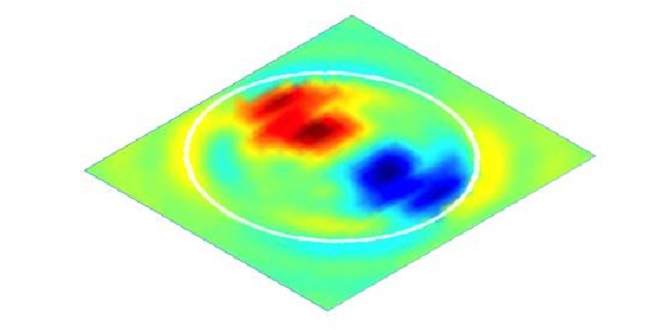
Material Science and Engineering
Discovery of a novel rotational force inside magnetic vortices makes it easier to design ultrahigh capacity disk drives.

Material Science and Engineering
Controlling the orientation of hybrid perovskite crystals offers large-scale structural purity and new properties.
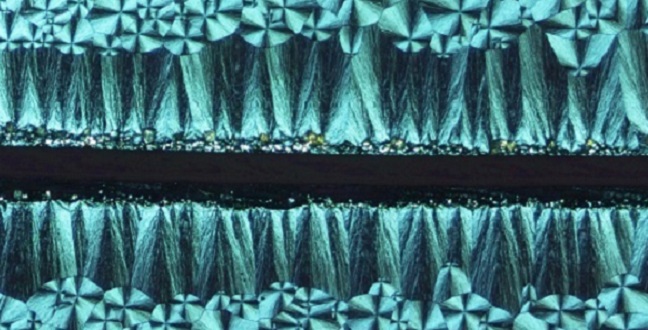
Material Science and Engineering
Varying the thickness of crystallizing materials facilitates control over the patterns and properties of crystals.
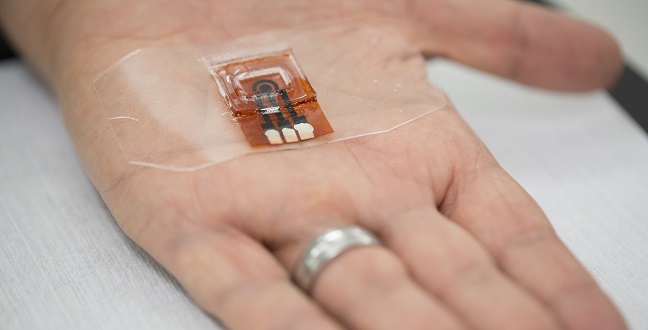
Material Science and Engineering
Inscribing porous, carbonized patterns into a polymer creates sensitive electrodes that detect biological molecules.

Material Science and Engineering
The close association between corals and bacteria may help protect coral from heat stress and bleaching.
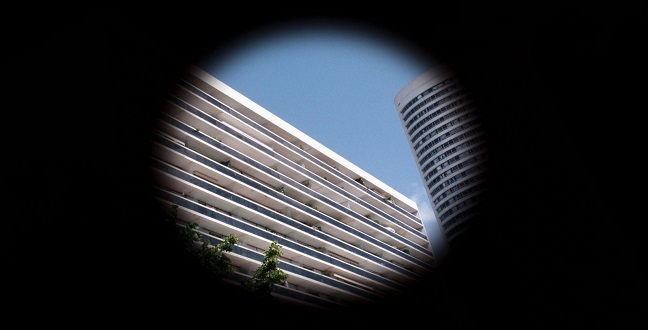
Material Science and Engineering
A gene-editing method shows promise for using targeted gene-replacement therapy in living organisms.
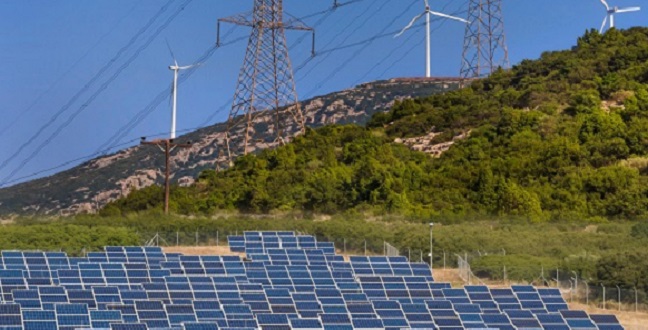
Material Science and Engineering
Reliable processing of an efficient solar cell material depends on how the solvent is removed.
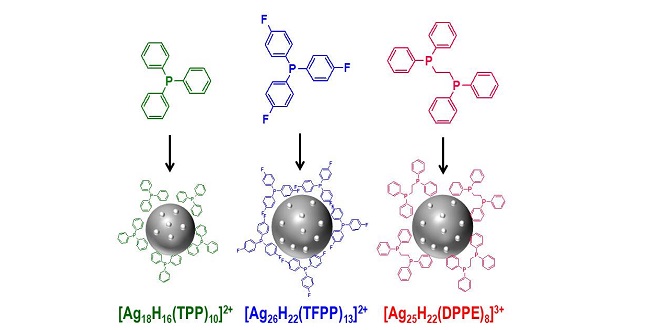
Material Science and Engineering
Surrounding silver nanoclusters with hydrogen-rich shells offers new opportunities in catalysis and opto-electronics.
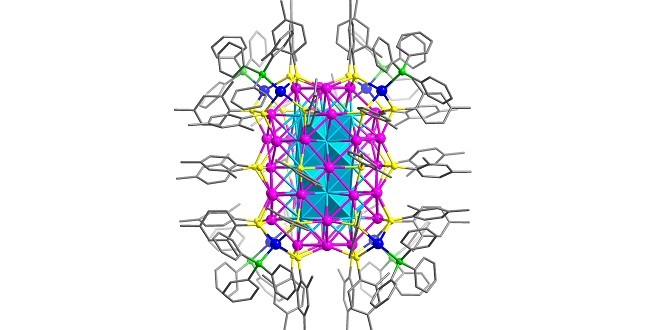
Material Science and Engineering
Research at KAUST finds that silver atoms can be crafted into a box-shaped nanocluster by careful selection of ligand molecules.

Material Science and Engineering
Microscale energy storage units for wearable and miniaturized electronic devices are improved using porous materials.

Material Science and Engineering
Fleeting bursts of light and electrons reveal traps that hamper solar cells and sensors.

Material Science and Engineering
Tin selenide is an effective host for storing sodium ions, making it a promising material for sodium ion batteries.
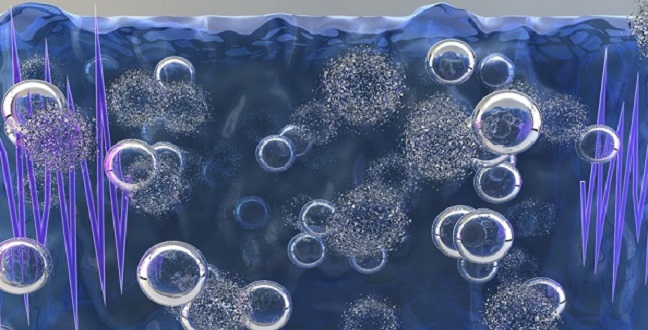
Material Science and Engineering
Imploding bubbles improve the growth of single-crystalline perovskite solar cell thin films.
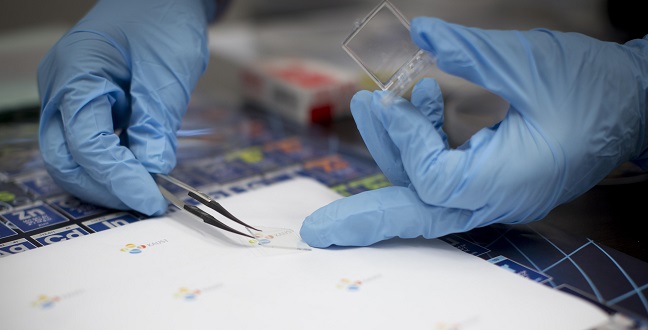
Material Science and Engineering
Atom-by-atom deposition leads to low-cost, high-performance transparent electronic materials.
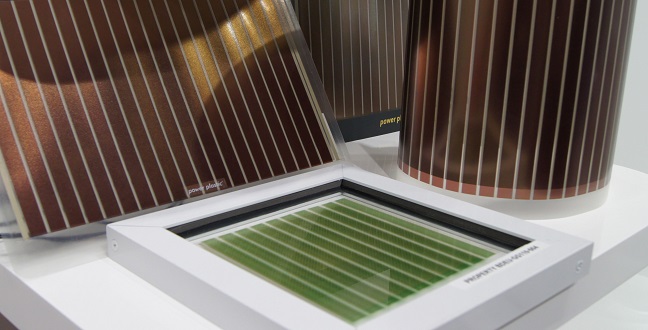
Material Science and Engineering
Understanding the impact of surface defects underpins improved efficiency of hybrid organic/inorganic solar cells.
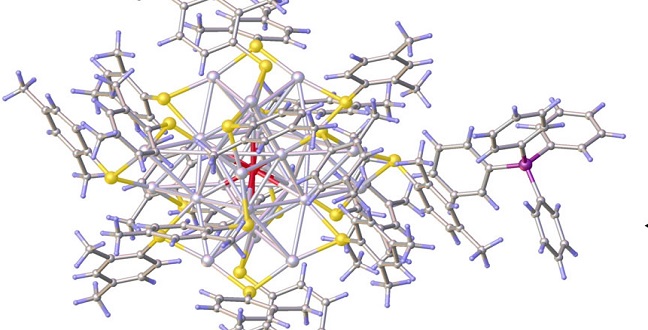
Material Science and Engineering
Altering a single atom in a silver nanocluster considerably changes its properties, creating an exciting opportunity to design these clusters.
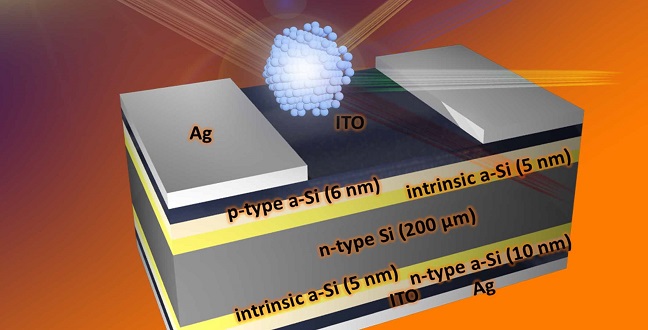
Material Science and Engineering
Graphene quantum dots can improve the efficiency of silicon solar cells.

Material Science and Engineering
A new understanding of why tungsten-doped thin films degrade so rapidly in air may lead to better designs for semiconductor technologies.
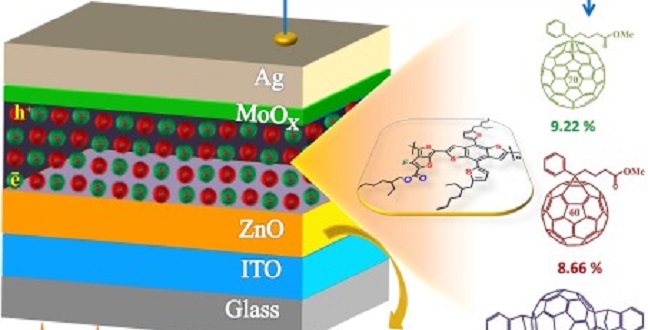
Material Science and Engineering
Understanding the dynamics of electrons in polymers will enable more efficient solar cells.

Material Science and Engineering
The Red Sea may be a treasure chest of potential new drugs.
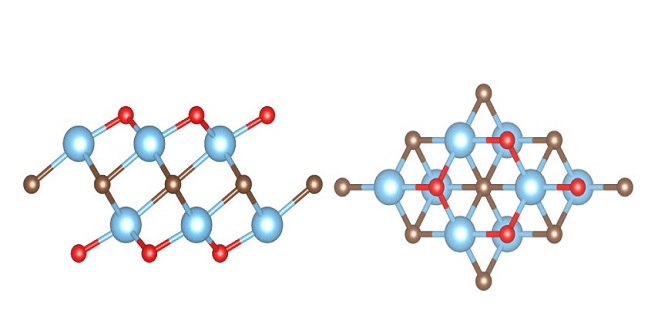
Material Science and Engineering
Layered MXene semiconductors enable efficient thermoelectric power generators.
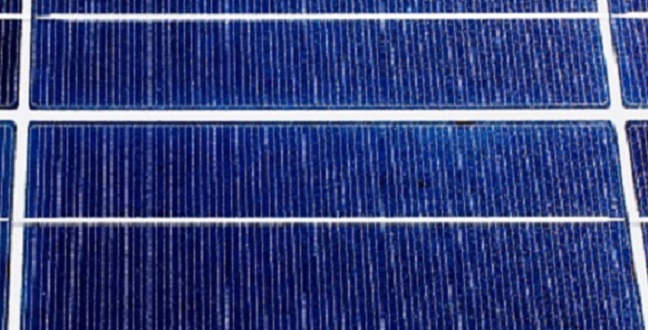
Material Science and Engineering
Integrating large-area perovskite crystals into simple circuitry leads to optical sensors with high bandwidth and sensitivity.
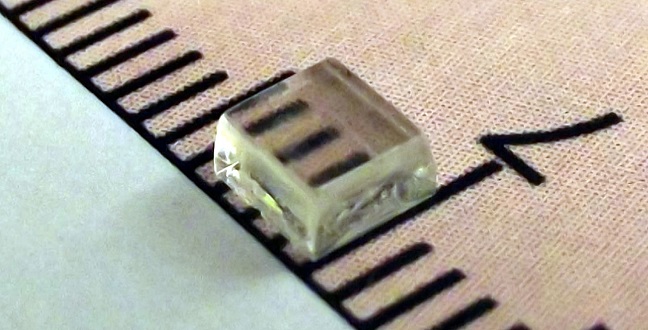
Material Science and Engineering
Transparent crystals that grow from heated solutions offer an improved material for detecting ultraviolet light.
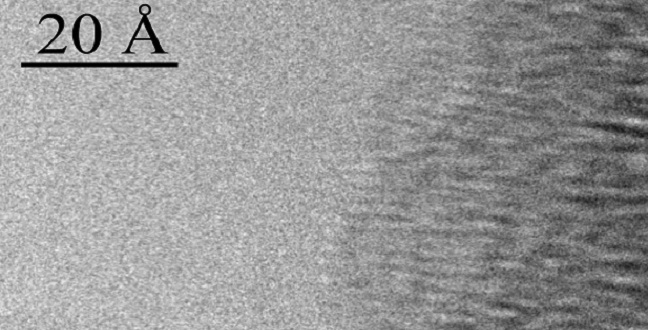
Material Science and Engineering
Direct imaging of a single DNA molecule provides insights into fundamental biological processes.
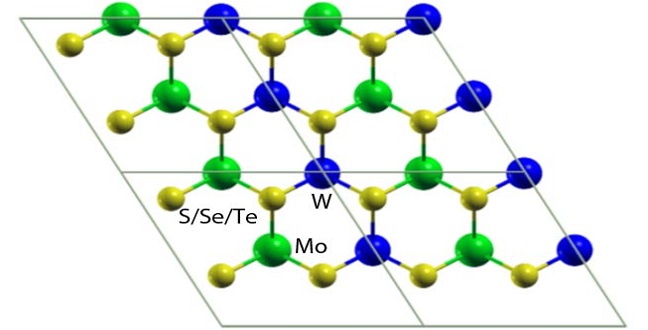
Material Science and Engineering
Atomically thin heterogeneous semiconductors with tunable electronic properties pave the way for next-generation two-dimensional devices.
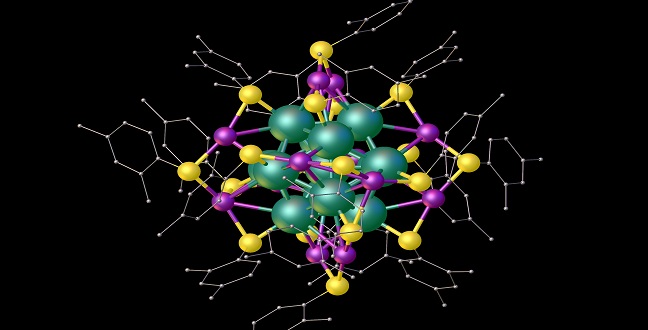
Material Science and Engineering
An atomically precise investigation reveals close similarities between silver and gold nanoparticles.

Material Science and Engineering
A mineral used in electrochemical devices that was thought to be a semiconductor is now identified as a metal.
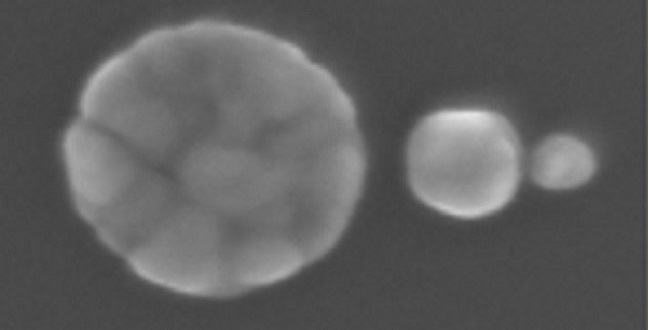
Material Science and Engineering
Arrays of tiny silver nanolenses can detect a unique mutation with the potential to cause cancer among a mix of human peptides.

Material Science and Engineering
Perfect interfaces between sheets of two-dimensional semiconductors enable advanced electronic devices.
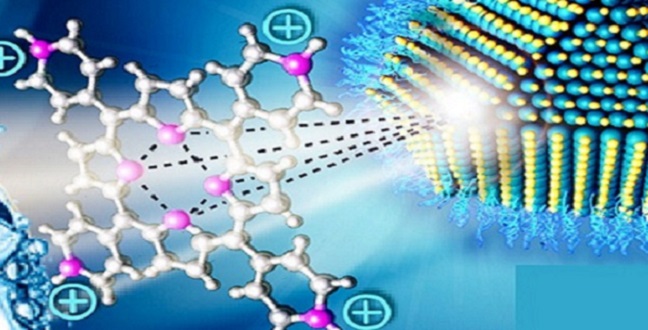
Material Science and Engineering
Quantum dots improve the performance of cost-effective, solution-processed solar cells.
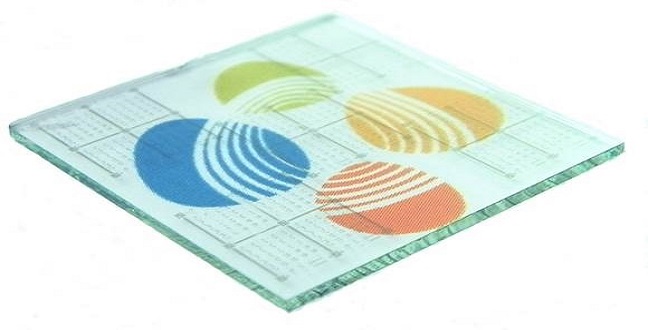
Material Science and Engineering
Performance improvements of indium zinc oxide transistors could lead to enhanced transparent displays for screens and phones.
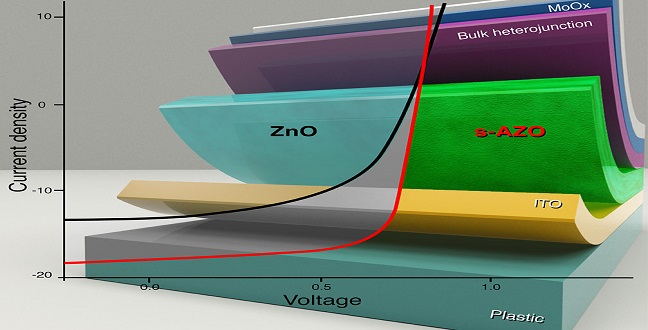
Material Science and Engineering
An oxide layer optimized to selectively transmit electrons can improve the efficiency of organic solar cells beyond 10 percent.
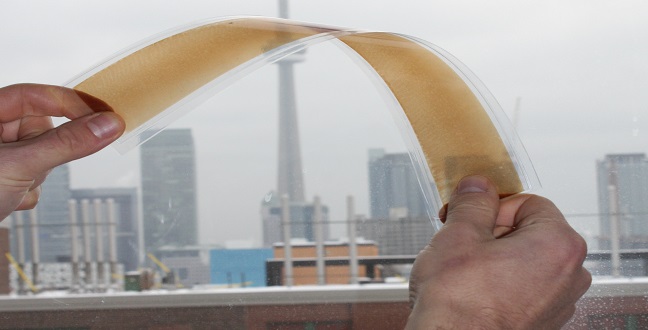
Material Science and Engineering
Funding from KAUST is helping to bring innovative solar power technology to fruition with startup company QD Solar.

Material Science and Engineering
The fabrication of branched titanium dioxide nanomaterials enhances the connectivity in solar cells for a better performance.

Material Science and Engineering
Efficiently extracting the charge required by quantum dot solar cells can be controlled by chemically configuring molecules.

Material Science and Engineering
A woven carbon cloth coated in a conducting polymer and an oxide-material provides a stable way of storing energy.
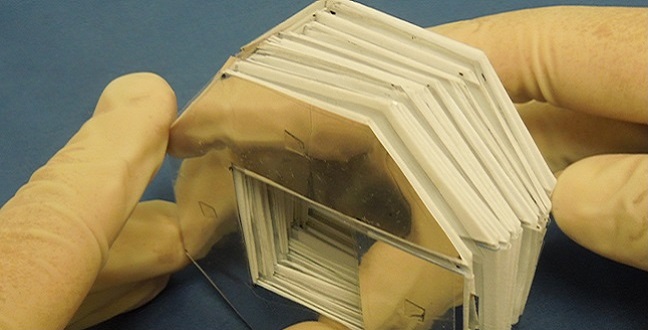
Material Science and Engineering
Lightweight and low-cost device uses friction inside paper-based coils to transform mechanical motion into electricity.

Material Science and Engineering
A fast and cost-efficient fabrication process for high-quality perovskite crystals bridges the gap to silicon.
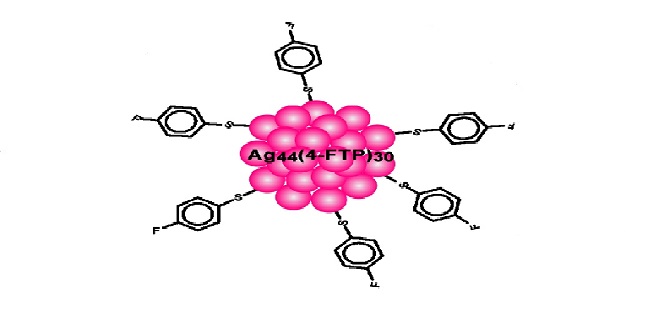
Material Science and Engineering
Replacing the organic molecules surrounding atomically precise silver nanoparticles prepares them for practical applications.
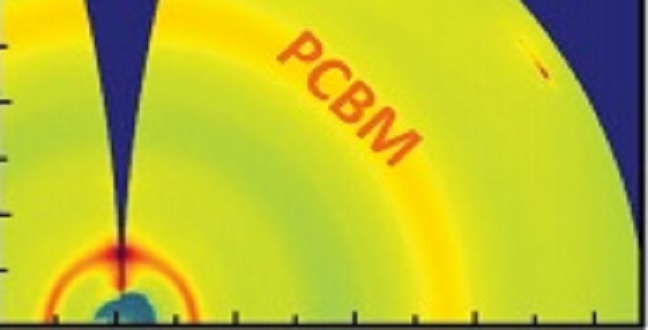
Material Science and Engineering
Electron-rich organic polymers boost power conversion in solar cells.
Material Science and Engineering
Nanoscale thin films containing unconventional, glass-like magnetic states can lead to the development of novel charge-spin coupled devices.
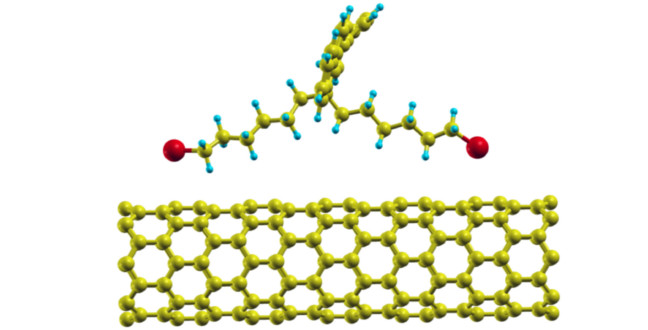
Material Science and Engineering
Theoretical studies analyze the nature of the bonding relationship between conjugated polymers and carbon-based materials.
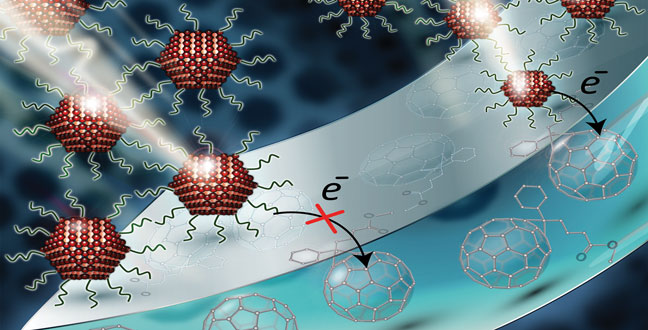
Material Science and Engineering
Light absorption capacity of quantum dot solar cells may soon reach the infrared.
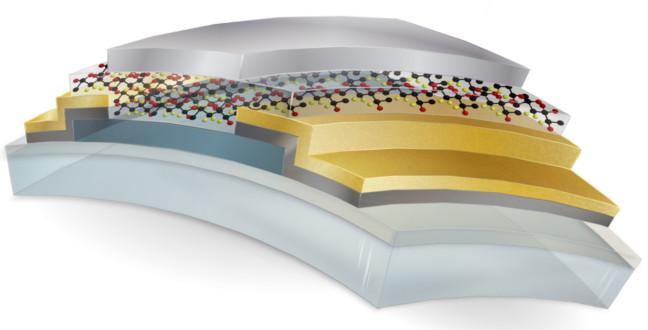
Material Science and Engineering
Multitasking ferroelectric polymer could store or process data faster than its rivals.
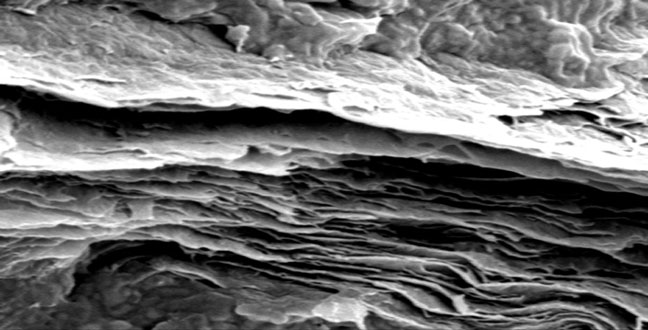
Material Science and Engineering
Graphene-based capacitors prove useful in advanced non-linear electronics.

Material Science and Engineering
Streamlining the process to fabricate quantum dot devices could improve their potential as low-cost, flexible solar cells.